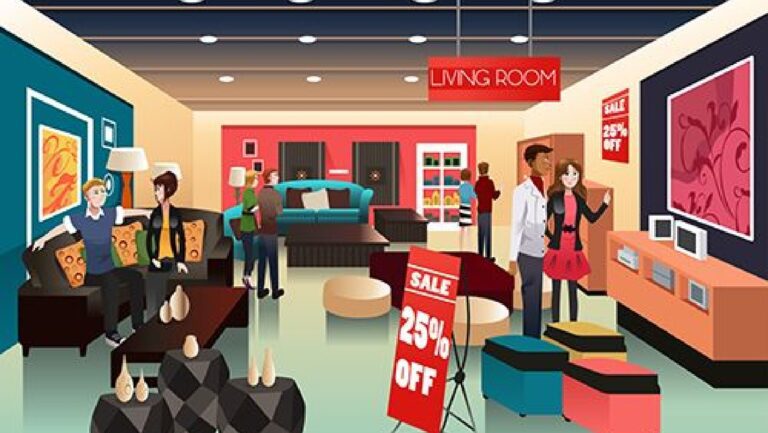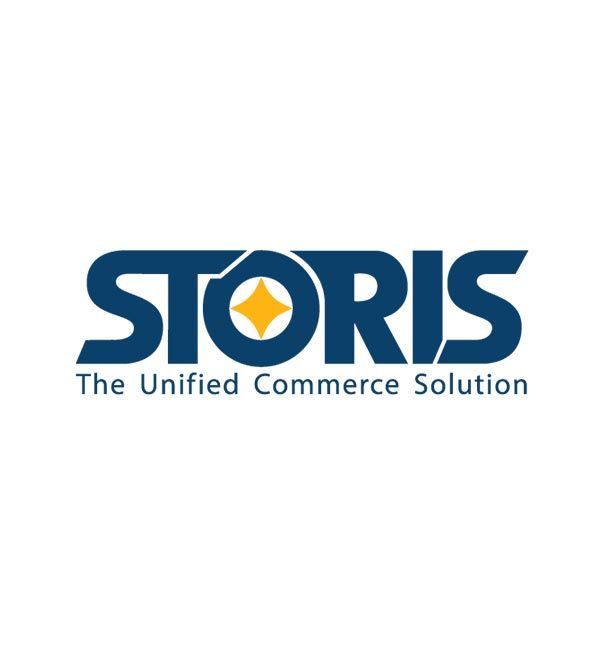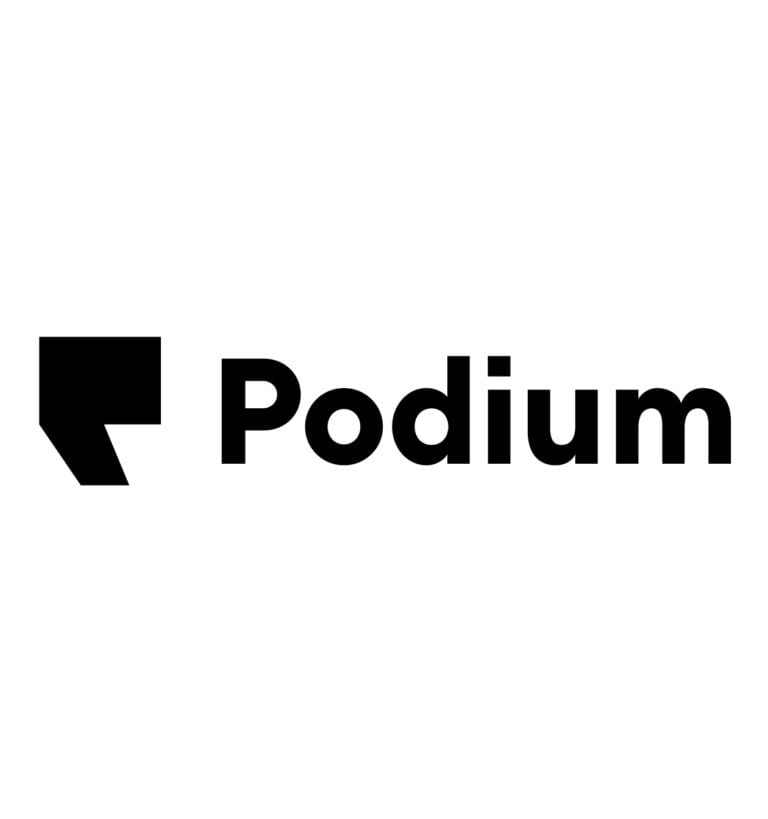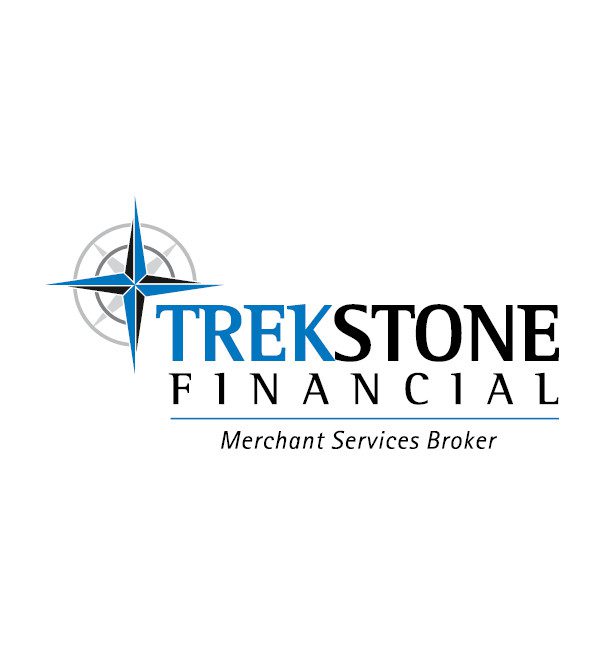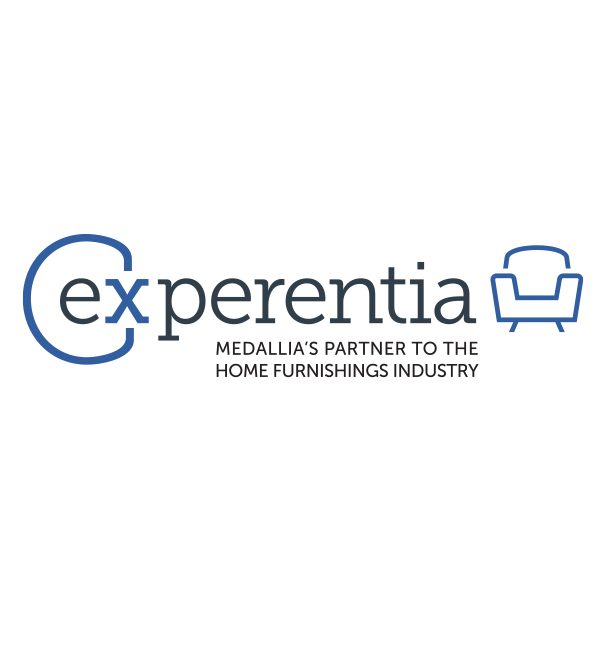What’s a tag worth? It might be “the best liability insurance policy you could buy for the price,” Don Coleman says.
The tag comes from the Upholstered Furniture Action Council, the 40-year-old nonprofit organization dedicated to fire safety. Coleman, UFAC’s president, is now leading efforts to address new problems.
The UFAC board of directors met in High Point, N.C., April 5 to talk about the anticipated launch later this year of its “UFAC Plus” program. It’s the next step following the council’s initial efforts to promote home furnishings products that are tested and certified to be more resistant to smoldering fires.
UFAC contracts with independent laboratories to test foam and fabric submitted by participating manufacturers. UFAC sells tags to manufacturers whose products meet the testing standard. In turn, retailers can assure their customers that furnishings bearing those tags pose lesser fire dangers.

“Furniture doesn’t just spontaneously combust,” UFAC counsel Neal Cohen said at the board meeting. “But it’s one of the most dangerous things when it does catch fire.”
While materials in home furnishings products generally have become more fire-resistant over time, another concern has arisen: Some flame-retardant chemicals have been found to be toxic. That has alarmed consumers who worry that these substances can migrate from the products and harm themselves or their children. Firefighter associations also are concerned about the potential release of toxins during fires. Several states – led by California – have legislated bans or restrictions on the use of many flame retardants.
The Home Furnishings Association opposes the state-by-state approach to regulating fire-retardant chemical use, which creates an inconsistent patchwork across the country. It prefers the approach outlined in SOFFA – the Safer Occupancy Furniture Flammability Act – which was introduced in the U.S. Senate last year by Sen. Roger Wicker (R-Miss.) and Sen. Richard Blumenthal (D-Conn.). The legislation didn’t advance, but is likely to be introduced again this year. It would apply a national standard to the issues of both flammability and toxic chemicals in home furnishings products.
UFAC isn’t waiting. It plans to certify products that are both fire-resistant and free of the most commonly used flame-retardant chemicals. “What we’re going to be doing doesn’t exist right now,” UFAC Technical Director Bobby Bush said.
States taking legislative action to regulate flame retardants don’t require product testing. That’s exactly what the UFAC Plus program will do. Once it establishes testing protocols and identifies labs with the proper capabilities, UFAC will offer a second certification program with a separate green tag, distinguishable from its familiar blue tag. In addition to promoting fire safety, ”the Make Life Safer Project aims to independently verify that the most common of these toxic chemicals are not in your family’s furniture,” the proposed tag would declare.
The success of the program depends on participation by manufacturers, but furniture retailers have the power to encourage that. “Hopefully, we will have retailers who will help us highlight the program,” Cohen said.
The advantage for retailers will be their ability to address customers’ questions about product safety. Materials that are tested and certified by independent labs contracted by UFAC will be safer — not necessarily “safe,” which no one can promise, but less likely to burn and relatively free of toxic chemicals. That’s important to families, and to retailers. And it could be a kind of insurance policy.

